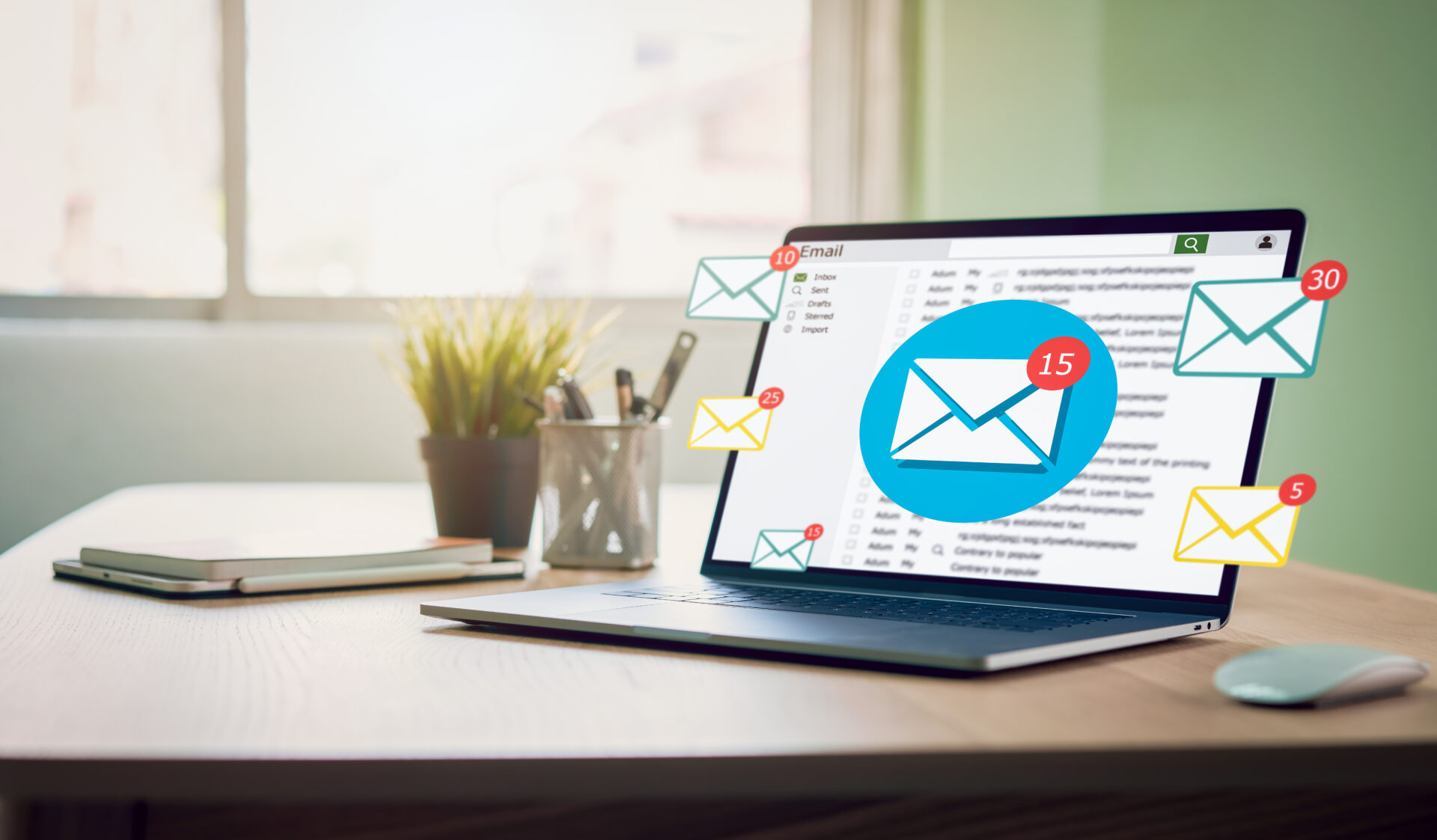
You have messages to share with your audience. Your existing customers need to know about new products and services, special promotions, and other opportunities. The unfortunate few who aren’t yet your customers need to see why they should be.
Unfortunately, getting a message through the perpetual onslaught of information we all experience daily is a genuinely challenging task. We are constantly bombarded by messages through every channel imaginable: our TVs and radios, books and periodicals, billboards and flyers, and most especially, our digital devices.
So what’s the key? How do you make your message the one that catches your audience’s attention?
It’s all about good message design. As we mentioned in last month’s conversation about the importance of design in building and growing a brand, a good design:
- Catches the eye and encourages viewers to engage
- Looks more professional and communicates quality to the audience
- Conveys important subtextual information without requiring lengthy explanations
- Encourages retention and recognition of a brand or message
Make It Pop, Make ‘em Stop
Various industry experts estimate that through just two channels – text and email – people receive an average of nearly 200 messages daily and only have the time and ability to process and take action on a handful. How do we decide which messages deserve our time and attention?
In part, we decide based on whether we like how a message looks. When readers scan through their daily barrage of emails or pull out their phones to check in on social media, they’ll only spend a few milliseconds determining when to stop scrolling and dive deeper into a particular message.
Exceptional copy isn’t going to do the trick – you’ve got to go for a quicker, more visceral “grab,” and the way to do that is with compelling message design. To catch viewers’ eyes, you need to consider:
- Using strong visuals – an action-filled photograph, striking illustration, or clever infographic can pique a viewer’s interest enough to cause them to pause their scanning and focus on your message.
- Making it look easy to read – people aren’t going to stop for big blocks of text. Making sure your content looks organized and easily digestible with short blocks of text, bulleted lists, and headings will reassure readers that your content isn’t going to come with a heavy demand of their time. (This also tells your readers that you respect their time, giving you a reputational boost!)
- Making it represent your brand – for customers and other users who already have an affinity for your brand, making sure that your message’s design reflects the rest of your company’s designs will immediately signal that this is a message from a brand they like, so they should stop and pay attention.
Show, Don’t Tell
This is another area where message design mirrors brand design. Much of what you’re trying to convey to your customers can be said as well or better through visuals than text. Your design choices can communicate both informational and tonal aspects of your message, reducing the required copy.
- Does your message contain data, lists, or other long-form information that can’t easily be summed up in a sentence or two? Consider using an infographic or chart to make your message more visual and easier to digest.
- Don’t give too much space to descriptions for new product announcements, location or renovation/reopening messages, or other details centered on tangible things that can be photographed. Let the photography or videos do the work of showcasing what you’re offering.
- Let your design choices signal other aspects of the message. For example, big, bold headlines, bright colors, and large callouts can convey a sense of urgency for limited-time offers or other time-sensitive messaging. Choose earth tones, blues, and greens with clean lines and subtle design elements for messages announcing new environmental initiatives or rich blacks, golds, and silvers for high-end luxury offerings.
When the message is complemented with an appropriate design, it becomes easier to read, understand, and retain, dramatically increasing its effectiveness in communicating your desired points.
Branding, Branding, Branding!
Whether your messaging efforts are centered around attracting new business, pushing leads through the funnel, or carrying out transactional communications with existing customers, don’t forget that they’re another opportunity to increase your brand awareness. After all, if you’re spending the time to craft a message, why not use it to build your brand at the same time?
Your message design should align with your brand’s overall design strategies. This alignment will immediately cue existing customers that this message is from your business. For others, even if the message doesn’t lead to a conversion or new business, it will help increase their recognition of your brand and make them more likely to convert after a subsequent message.
Messaging becomes especially important during a rebranding effort. Your messages will be one of the main ways your customers will find out about the evolution of your brand, so make sure that your rebranding announcements contain enough of your former design cues to be recognizable while still introducing the new look and feel for your company.
Got Messages? We’ve Got Designs! Call Us at 478-621-4491.
Your email, social, texting, or other messaging campaign should look as good as it sounds. Our talented designers can help you catch your audience’s attention, so contact one of our friendly account managers today with your questions.
Did you love this article? Make sure you sign up for our monthly eNewsletter, so you never miss one.
We love good design, and we’re sharing that love this summer. From now through September, we’ll share tips, information, and best practices for using high-quality graphic design to build and promote your business.
Other posts in this series:

